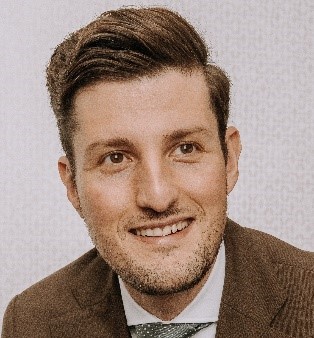ALG: The Atmospheric Look-up table Generator (ALG) tool: end-to-end workflow for training emulators and sensitivity analysis.

Tutor: Dr. Jorge Vicent Servera (Universitat de Valéncia, Spain)
Time: 2 hours
Tutorial description: Atmospheric Radiative Transfer Models (RTM) are widely used in remote sensing applications, from processing satellite data (atmospheric correction) to inversion of atmospheric constituents (aerosols, gas concentrations) and numerical weather prediction. The complexity of atmospheric RTMs difficults their accessibility to non-expert researchers and engineers, thereby constraining the range of simulations to standard configurations. The Atmospheric Look-up table Generator (ALG) tool (https://artmotoolbox.com/plugins-standalone/91-plugins-standalone/24-alg.html) aims at facilitating the use of atmospheric RTMs by new and expert users and thus allowing them to generate large datasets of atmospheric RTM simulations, ingesting atmospheric datasets (climatology, Aeronet, radiosondes…), comparing RTM simulations, and training emulators.
In this tutorial, we will explore how to use ALG. We will start by setting up the tool and generating your first look-up table. We will then explore the emulator tool to speed up calculations for potential atmospheric correction of hyperspectral satellite data. The proposed tutorial will consist of a brief introduction to the tool and a practical session where the following topics will be addressed:
- Installation and configuration of the ALG tool and support for compiling an RTM (libRadtran, 6SV, or MODTRAN).
- Generation of a test look-up table to understand the basic use of ALG.
- Emulation of atmospheric RTM hyperspectral data and application for global sensitivity analysis.
Step-by-step tutorials, demonstration cases, and demo data will be provided. No prior knowledge is needed but familiarity with atmospheric RTMs is recommended. A compiled version of ALG for Windows systems will be provided at the beginning of the tutorial. Alternatively, access to the source code (in Matlab) could be facilitated. Please also note the following advised requirements:
- Participants are recommended to download and compile one of the following RTMs: 6SV (https://salsa.umd.edu/6spage.html), libRadtran (https://www.libradtran.org/doku.php), or MODTRAN (http://modtran.spectral.com/). For Windows users, libRadtran should be compiled in Ubuntu for Windows (https://ubuntu.com/wsl). Support for compiling RTMs can be provided during the tutorial if needed.
- Participants using Linux will be also able to use ALG in two ways: (1) installing it in a Windows Virtual Machine, or (2) using the Matlab source code.
Presenter Information

Jorge Vicent Servera received a B.Sc. degree in physics from the University of Valencia, Spain, in 2008; a M.Sc. in physics from the EPFL, Switzerland, in 2010; and the PhD. in remote sensing from the University of Valencia, Spain, in 2016. Since November 2017, he has been with Magellium in the Earth Observation department, Toulouse, France, as an R&D Engineer where he is developing the Level-2 processing chain for ESA’s FLEX mission. In 2022, he joined the Image Signal Processing (ISP) group at the University of Valencia as a part-time researcher where he is developing physics-aware emulators for atmospheric radiative transfer models. His research interests include the modeling of Earth Observation satellites, radiative transfer, atmospheric correction, and hyperspectral satellite data processing.
